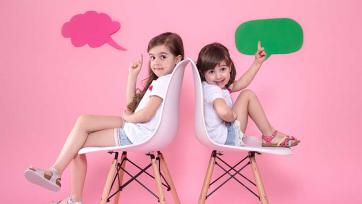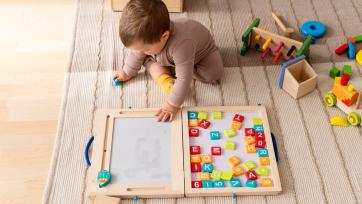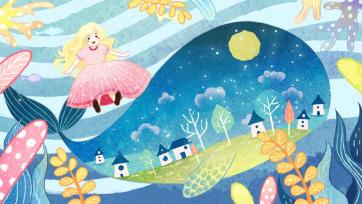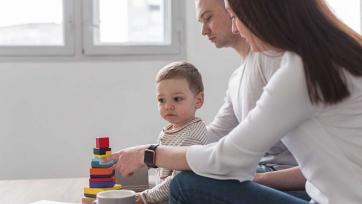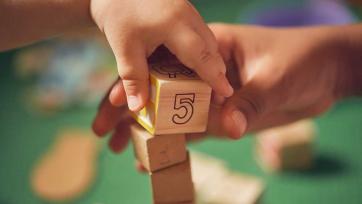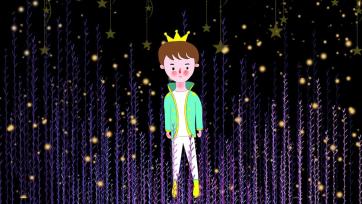Children can see colors from an early age. When a child is 18 years old, parents can teach them about colors. Even 18-month-old babies may not be able to speak, but they can easily point to them if they know what colors are. People think that learning and naming are important steps in the process of getting smarter. Your brain can connect what you see and hear when you can tell colors apart. Because of this, it is very important to start teaching kids about colors when they are young.
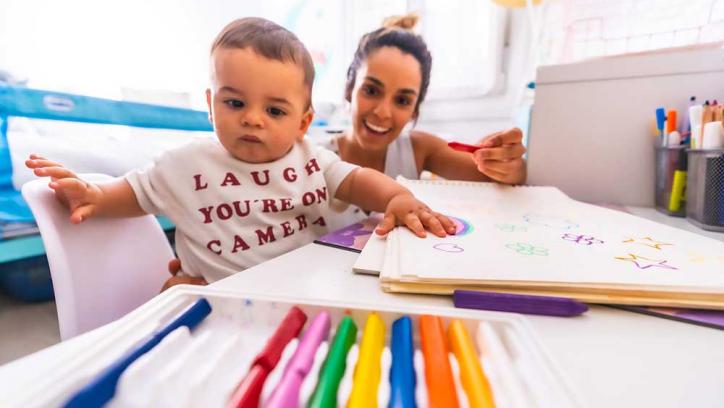
How to Use Everyday Activities to Teach Colors
The best way to help kids remember what they learned in preschool is to teach colors as they go about their daily lives. So, most of their toys are brightly colored because of this.
To start teaching them colors, show them something, like a ball, and say the object's name and the word for its color. So, instead of saying, "This is red," you could say, "This is a ball, and its color is red." Different colored balls can be used to do the same thing. Also, it's important to keep in mind that children learn to understand language before they can talk.
Before they could name a color, children could point to it. Therefore, you may tell your kid to gather all the toys of the same color and place them together when they want to play. Stick to red, yellow, blue, black, and white as your main colors. In the future, more colors can be added.
Giving each color its own time is another good way to do this. The green or yellow week is a great way to learn about colors gradually. You could wear the same color of clothes, paint with the same color, or play with toys that are the same color every week. Children learn best via hands-on experiences, so encouraging them to explore colors through all of their senses—sight, hearing, smell, taste, and touch will aid in their learning.
10 Easy Ways to Help Preschoolers Learn Colors
These fun ways to teach colors to preschoolers could help you teach your child about colors in a way that will stick with them.
Playing with clay
In kindergarten, modeling clay activities can teach kids about colors. Clay is both fun and hard to work with. Children can learn to recognize and use the same color to make different things. They can also try putting together different colors to see what happens.
Activities to Match Colors
Matching games with colors are a great way to teach young children about colors. You can use any cardboard to make colored cards. Set them on the floor or table and tell your child to pick the ones that go together. You can do the same thing with colored blocks or balls, but you should use a different color daily.
Paint with your fingers
For kids ages 2 to 3, finger painting is a fun way to learn about colors. Kids are old enough to paint with colors at that age, and you can start with just one color daily. Let them color while they tell you the color.
Playing "I Spy"
Let the kids look around the house for things of different colors as they play "I Spy." Play this game with a book where colored sheets are hidden on different pages.
Jigsaw puzzle with colors
Make a simple jigsaw puzzle with strips of the same color of cardboard and let the kids put together pieces of the same color.
The Hunt for Treasure
Hide something in a different-colored play pit and let the kids find it by digging up the blocks that are the same color. You can also hide small blocks of different colors in a bucket of sand.
Color Fishing game
Cut fish shapes out of different colored pieces of cardboard. On the back of each cutout, glue a magnetic strip. Then, glue a thread to the end of a stick. On the thread's opposite end, delicately attach a magnet. Let their child move around while fishing to catch all the fish in the day's color.
Coloring Books
The best method for kids to learn colors is via coloring books. Ask your child what color crayon he used on each page when he is done coloring.
Days of Color
Wear a shirt of the same color on several days of the week. It might be yellow on Monday, red on Tuesday, green on Wednesday, etc. Use toys that are the day's color on certain days.
Ribbon-Twirling
Party stores sell colored streamers that are great for ribbon dances. The kids can have a lot of fun dancing with their different-colored streamers. Your child can learn about colors in a fun way by playing these games. To start, show your child bright colors. Children are drawn to things that are bright and shiny. Then you can show him different colors.
Use everyday things to teach your child about shapes, colors, and sizes. Your child will learn more about colors, shapes, and sizes. On top of that, you can help your child learn more by giving them hands-on learning packages. These kits have exercises that will help him improve his other skills and teach him something new daily.

